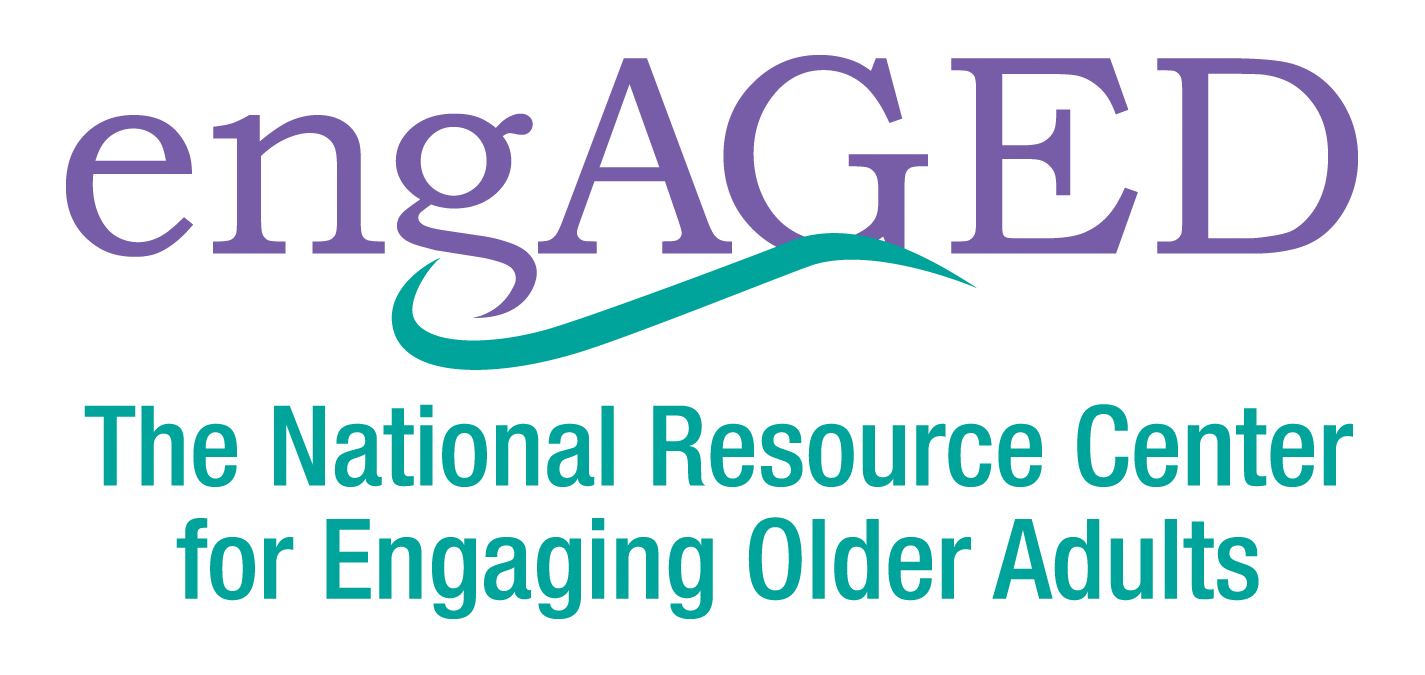Intergenerational Programs: Engaging Older and Younger People Together
Author: Generations United
Intergenerational programs unite the generations in ways that enrich participants’ lives, help address vital social and community issues, and build on the positive resources that all of us have to offer each other and our communities. Around the world, communities are being enhanced through intergenerational programs that connect younger and older generations.
Types of Intergenerational Programs
There are many types of intergenerational programs including mentoring, community service, creative arts, storytelling, gardening, environmental action and workforce development. These programs have different targeted outcomes and benefits depending on the activity and the ages served. Some focus on improving academic outcomes for younger generations. Others are centered on improving social connections and health for older adults. While other programs aim to promote healthier lifestyle behaviors for both generations simultaneously.
Benefits of Intergenerational Programs
Regardless of central goal or age group, research shows that everyone engaged in intergenerational activities benefit from their involvement. Toddlers and young children develop greater social acceptance and increased respect, compassion and empathy. Teenagers and young adults experience improved peer relationships and higher levels of self-esteem and self-confidence. Older adults report improved quality of life, cognitive health improvement and decreased social isolation. Participants of all ages experience reduced ageism and age discrimination, improved mental, physical and cognitive health, and a greater sense of connection to their community.
Intergenerational Spaces
A growing trend that many are using to connect the generations comes in the form of intergenerational shared sites, facilities that are intentionally designed to provide services and programs to multiple generations concurrently. There are a variety of shared-site models though the majority focus on co-locating services and programming for young children and older adults, such as childcare centers housed at retirement communities, community centers with Head Start and a Senior Center, or co-located adult and child daycare centers. In addition to being cost-efficient, shared sites are powerful tools in combatting social isolation, breaking down age-related silos and building connections that wouldn’t have developed otherwise.
Intergenerational Responses to COVID
Intergenerational activities and sites increase social connectedness and provide participants of all ages with social, emotional and physical benefits. But what happens when it is no longer safe to bring the generations together in person?
When the COVID-19 pandemic hit, many programs were suspended completely, while those that remained active had to radically rethink their programming. Some, such as the Northland Foundation in Duluth, MN, sponsored intergenerational community gardens and took their activities outside where COVID-19 transmission was less likely. Others utilized new and old technology, bringing young and old together through video conferencing and phone calls. Sages and Seekers in Los Angeles, CA, connected teens and older adults for weekly group discussions and one-on-one calls through Zoom. Unable to see their older friends in person, the pre-K and kindergarten students at Jenks West Elementary in Jenks, OK read books with the residents of Grace Living Center via virtual platform.
At a time when physical interaction isn’t possible, virtual and adapted intergenerational activities are a lifeline that allow both young and old to remain connected to friends and engaged in their communities.
For More Information
Generations United offers a wide range of tools and resources to help you develop or expand intergenerational engagement available at www.gu.org, including a database of intergenerational programs. To learn more about the benefits of intergenerational programs check out, Making the Case for Intergenerational Programs. To learn more about intergenerational responses to COVID, read Staying Connected While Staying Apart: Intergenerational Programs & the COVID-19 Pandemic and to learn more about shared sites, consult our new online toolkit, Sharing Our Space.
